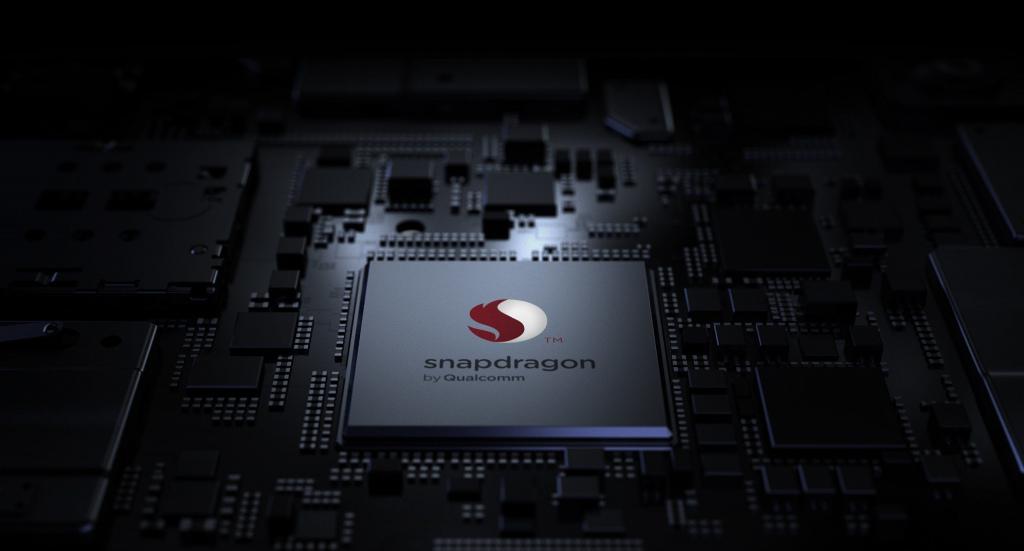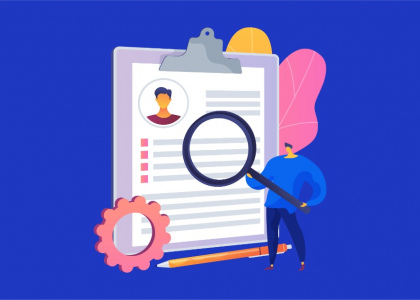In the world of job hunting, there are those who seek not just a job, but inspiration and the freedom to innovate. Qualcomm is on the lookout for such individuals—those ready to tap into their limitless potential and drive groundbreaking innovation.
The Application Stage
Qualcomm’s success is built on the creativity and dedication of its employees, who are among the brightest minds in the industry. The company cultivates a supportive and inclusive culture that spurs innovation, allowing every employee’s ideas to potentially become the next major breakthrough in technology.
How to Apply at Qualcomm
Candidates are encouraged to visit Qualcomm’s career page to browse current job openings that align with their experience and interests or to upload their resume to be matched with suitable future opportunities. If a role catches your eye, simply hit ‘Apply Now’ to let Qualcomm’s talent team assess your qualifications. Remember, you can apply for multiple positions that resonate with your professional aspirations. Should your qualifications align well with the role’s requirements, a member of the talent team will reach out to schedule an interview.
Further Engagement
For those who do not find an immediately perfect role or wish to learn more about Qualcomm and potential future openings, joining the Qualcomm Talent Network is recommended. This network keeps prospective candidates in the loop with exciting company updates and emerging opportunities.
The Interview Process:
If you are also looking for jobs, join our Placement Guaranteed Course designed by top IITians and Senior developers & get a Job guarantee of CTC upto 25 LPA – /placement-guarantee-program/
Upon selection for an interview, candidates will receive guidance from the talent team who will assist them through the preparation stages, which may include making travel arrangements if necessary.
List of Important Technical Questions
Programming and Data Structures
- C++ Programming:
- Define an Empty Class.
- Explain the benefits and usage of templates.
- Describe virtual functions and their applications.
- Java Programming:
- Differentiate between a Function and a Predicate.
- Data Structures:
- Write a program to check if a binary tree is a Binary Search Tree (BST).
- Write a program to reverse a singly linked list.
- Devise an algorithm to detect a loop in a doubly linked list.
- Write a program to delete a node, given only a pointer to the node in a circular linked list.
- Correct a BST where two nodes have been swapped.
Operating Systems and Memory Management
- Memory Concepts:
- Discuss the difference between stack and heap memory.
- Explain memory management techniques and concepts.
- Operating System Operations:
- Describe various deadlock avoidance schemes.
- Implementations and strategies for malloc() and free().
- Explain different OS schedulers and algorithms.
- Discuss Inter-Process Communication (IPC) mechanisms and examples.
- Describe error handling in systems, including core dumps.
Software Design and Methodologies
- Debugging and Fault Tolerance:
- Methodologies to debug a program with bugs in a module handling insertions and deletions in a sorted singly linked list.
- Techniques for ensuring fault tolerance in systems using redundancy.
- Handling situations where a pair of redundant systems operate to ensure continuity if one fails.
Networking and Cloud Computing
- Basic Networking:
- Explain the functioning of a firewall.
- Describe how Frame Relay is used in networks.
- Differentiate between TCP and UDP protocols.
- Cloud Computing:
- Define cloud computing and differentiate between Public and Private clouds.
- Describe salient features of cloud technologies and Hadoop’s underlying principles, including features like MapReduce.
Database Management
- Database Concepts:
- Explain what a Clustered Index is and its functions.
- Describe the role of “I” in ACID properties.
- From given choices, identify a Super Key.
Programming Challenges
- Algorithms and Problem Solving:
- Find out the maximum number in a window of size k sliding from left to right in an array.
- Devise a program that returns a stream of bytes from a function.
- Calculate how many 1-inch cubes remain unpainted when a 4-inch painted cube is cut into smaller cubes.
Security and Permissions
- Database Security:
- Specify the SQL command used to revoke permissions, considering GRANT is used to give them.
Miscellaneous
- Additional Programming Questions:
- Discuss the usage and examples of function pointers.
- Solve problems involving call back functions and function pointers.
- System Design:
- Describe how to handle generic functions such as those using void pointers.
HR Questions:
If you are also looking for jobs, join our Placement Guaranteed Course designed by top IITians and Senior developers & get a Job guarantee of CTC upto 25 LPA – /placement-guarantee-program/
Personal Introduction and Background
- Self-Introduction: Please introduce yourself.
- Personal Traits: Can you describe yourself in three words?
- Family Background: Could you share some details about your family?
- College Experience: Reflect on your highs and lows during your college years.
- Personal Dislikes: What is one thing you dislike the most?
Career Motivation and Company Alignment
- Company Knowledge: What do you know about our competitors?
- Job Motivation: Why did you choose to apply for a position at Qualcomm?
- Suitability for the Role: Why should we hire you over other candidates?
- Interest in Domain: Would you be interested in changing your domain? If yes, why?
Situational Response and Adaptability
- Handling Unliked Tasks: Describe a situation where you were asked to perform a task you didn’t like. How did you handle it?
- Multitasking Ability: At Qualcomm, you might need to juggle attending meetings and completing client work. How will you manage these responsibilities?
- Decision-Making Under Pressure: Has there ever been a time when you couldn’t complete a task on time, forcing you to make a quick decision? How did you manage the situation?
- Feedback on Pre-placement Talk: Having attended our pre-placement talk, could you suggest any improvements?
Logistical Considerations
- Willingness to Relocate: Our projects are spread across India, and your role may require regular travel or relocation. Would this be feasible for you?
- Relocation Comfort: Are you comfortable with relocating for the job?
Miscellaneous
- Expectations from the Organization: What do you expect from our organization?
- Extra-Curricular Activities: What extracurricular activities are you involved in?
- Defining Goals: How do you define your goals in life? Do you prefer making plans and strategies, or do you tend to seize opportunities as they arise?
- Logical Question: You have a cake and need to cut it into eight pieces using only three cuts. How would you do it?
Job Offer
Following the interviews, if a candidate is deemed the most suitable for the role, they will progress to the offer stage. A recruiter will present a detailed job offer, including a competitive salary, comprehensive benefits, and programs designed to support a healthy work-life balance, aptly reflecting Qualcomm’s ethos to ‘Live Well and Work Well’.
Onboarding
Once a job offer is accepted, new hires can expect to receive ongoing support from the Qualcomm talent team as they transition into their roles. New employees are encouraged to engage actively with their recruiter or any member of the talent team to address any queries they might have as they prepare to embark on their career journey at Qualcomm.
If you are also looking for jobs, join our Placement Guaranteed Course designed by top IITians and Senior developers & get a Job guarantee of CTC upto 25 LPA – /placement-guarantee-program/






Recent Comments